From Pixels to PlayStation 6: A Thrilling Evolution of Gaming Consoles

Level Up Your Knowledge: A Blast Through Gaming Console History!
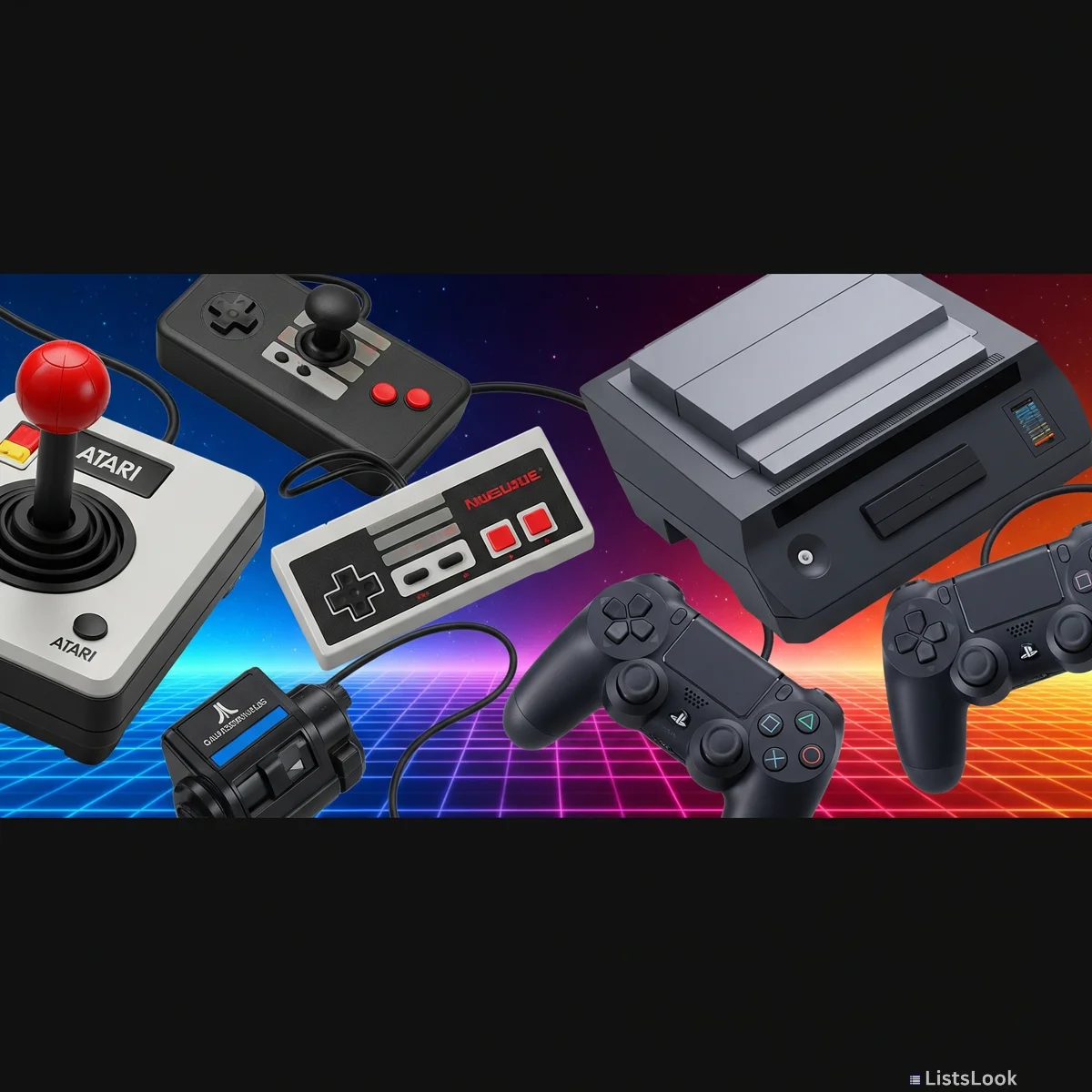
Get ready to embark on an epic quest through time, tracing the fascinating evolution of gaming consoles! From humble beginnings of pixelated graphics and simple joysticks to today's immersive virtual worlds and motion controls,
we'll explore the groundbreaking innovations, iconic consoles, and unforgettable moments that have shaped the gaming landscape. Prepare for nostalgia, fun facts, and a whole lot of gaming history!
1. The Atari Age: Pioneering Pixels and Cartridge Chaos
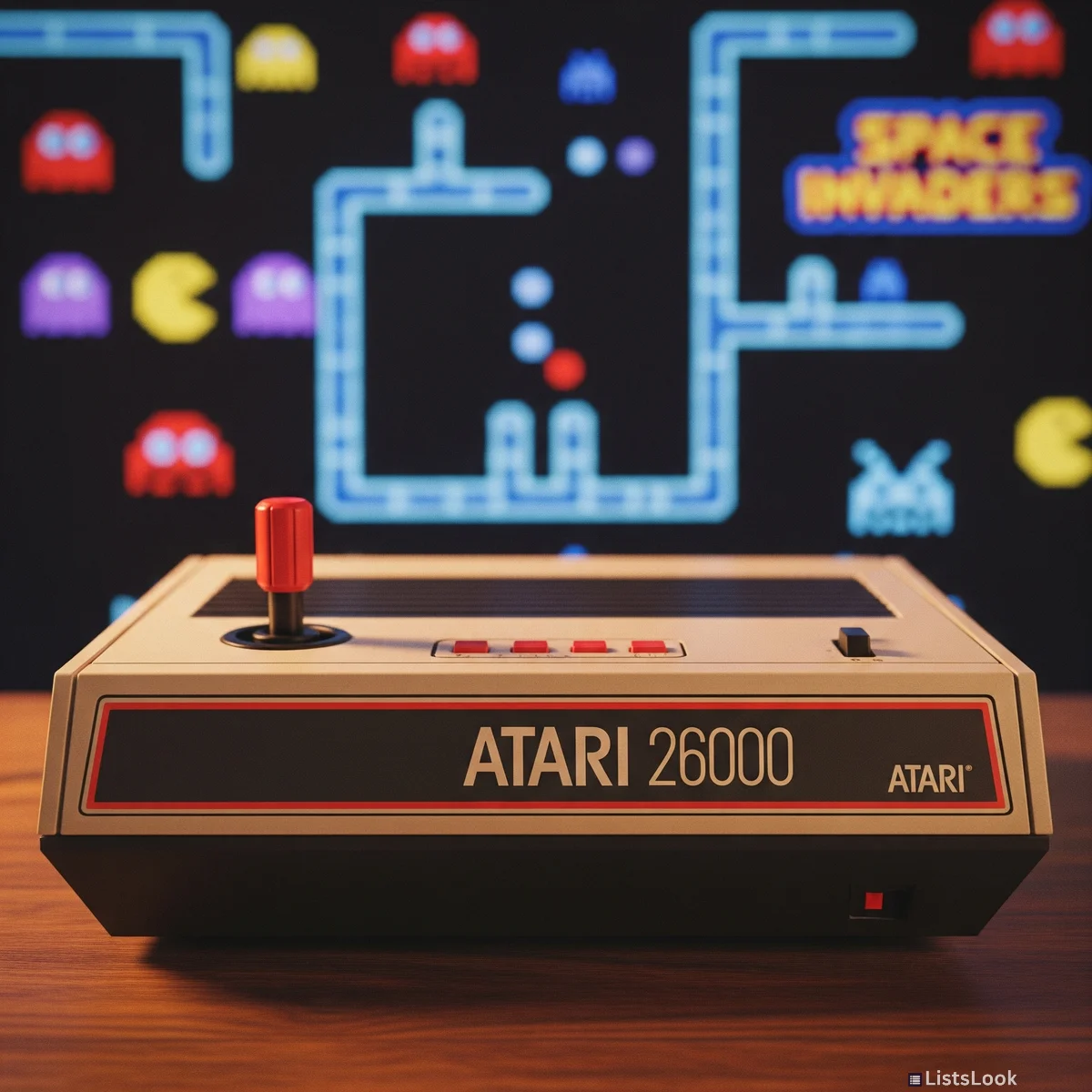
In the late 1970s, Atari burst onto the scene, igniting the home video game revolution with the Atari 2600. Suddenly, arcades weren't the only place for gaming fun! This iconic console introduced interchangeable game cartridges, bringing titles like Pac-Man and Space Invaders into living rooms worldwide.
While graphics were basic by today's standards, Atari laid the foundation for everything that followed, proving that home gaming was not just a fad, but a new form of entertainment. It was the dawn of a gaming empire!
2. Nintendo's 8-bit Dynasty: Saving Gaming from the Crash
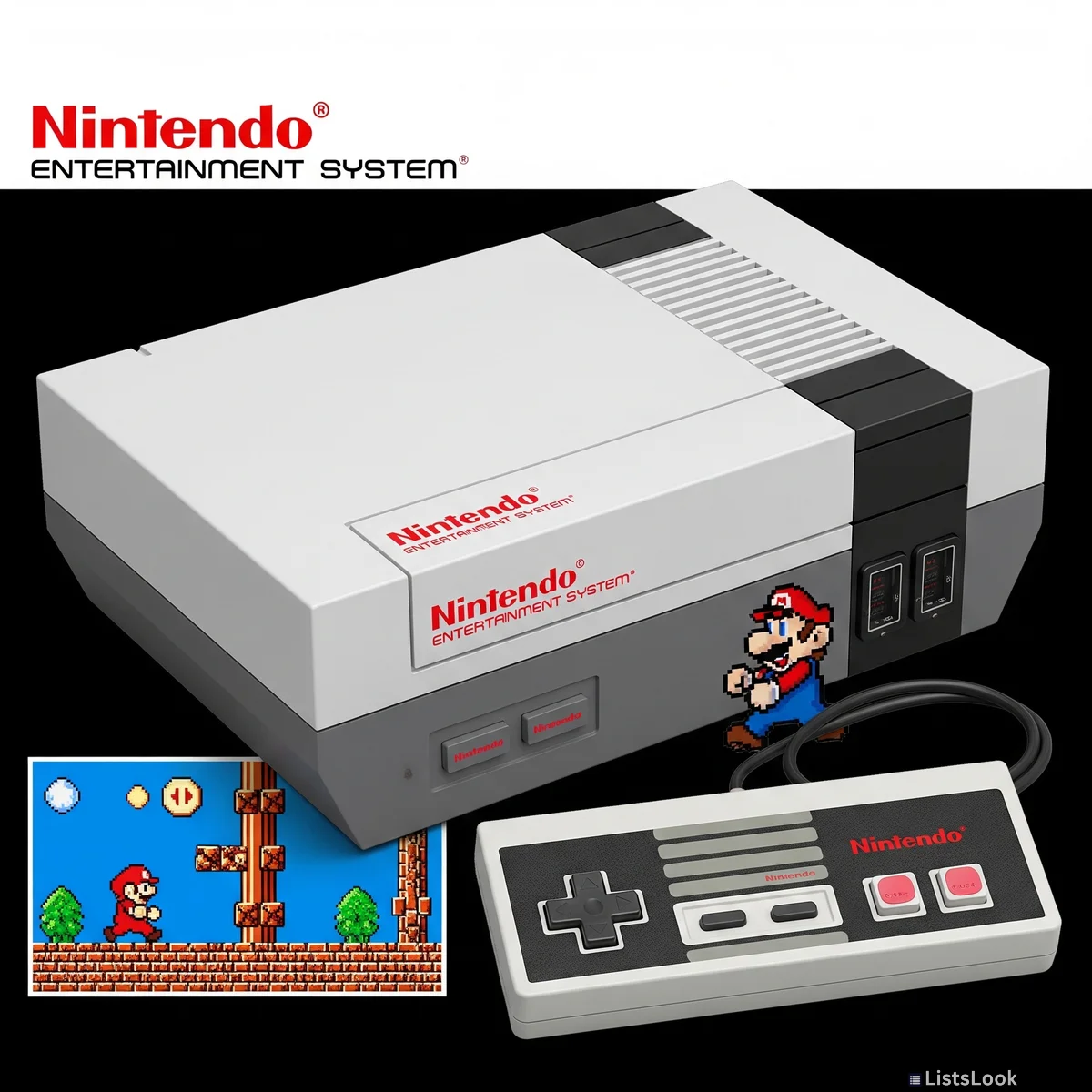
After the video game crash of 1983, Nintendo emerged as the industry's savior with the Nintendo Entertainment System (NES). The NES wasn't just a console; it was a cultural phenomenon.
It introduced iconic characters like Mario and Zelda, established genre-defining franchises, and brought a new level of quality and polish to console gaming. The 8-bit era ushered in a golden age, proving the resilience and enduring appeal of interactive entertainment. Nintendo revived the industry and set new standards for gameplay and design.
3. 16-bit Battles: Sega Genesis and the Rise of Sonic
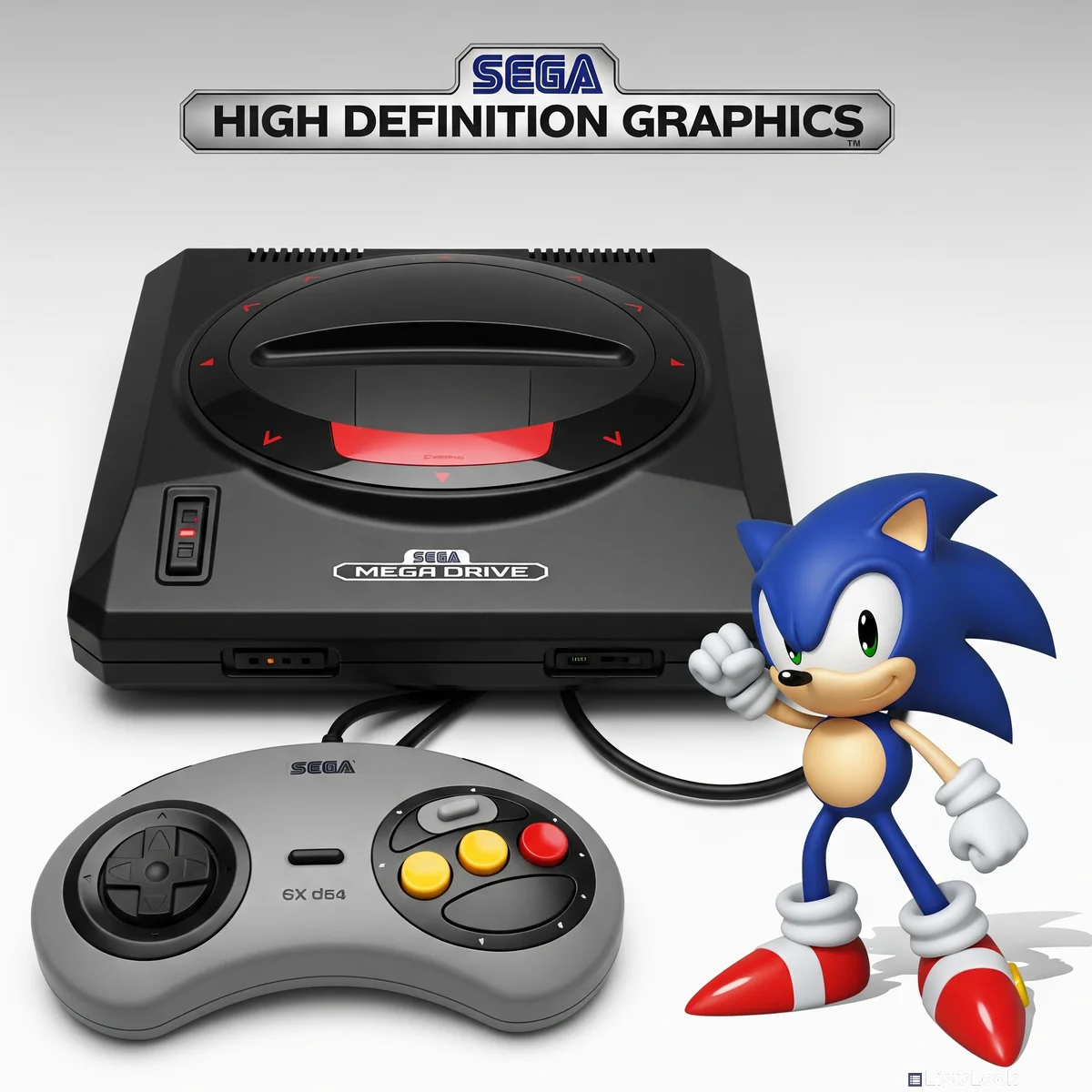
The 1990s witnessed an intense console war, with Sega's Genesis (Mega Drive outside North America) challenging Nintendo's dominance. Genesis boasted superior processing power and a 'cooler' image, attracting older audiences.
Sonic the Hedgehog became Sega's mascot, rivaling Mario in popularity. The 16-bit era delivered faster gameplay, richer colors, and more complex worlds, pushing the boundaries of what was possible in home gaming and forever changing the competitive landscape of the industry.
4. The PlayStation Revolution: 3D Gaming and CD-ROM Power
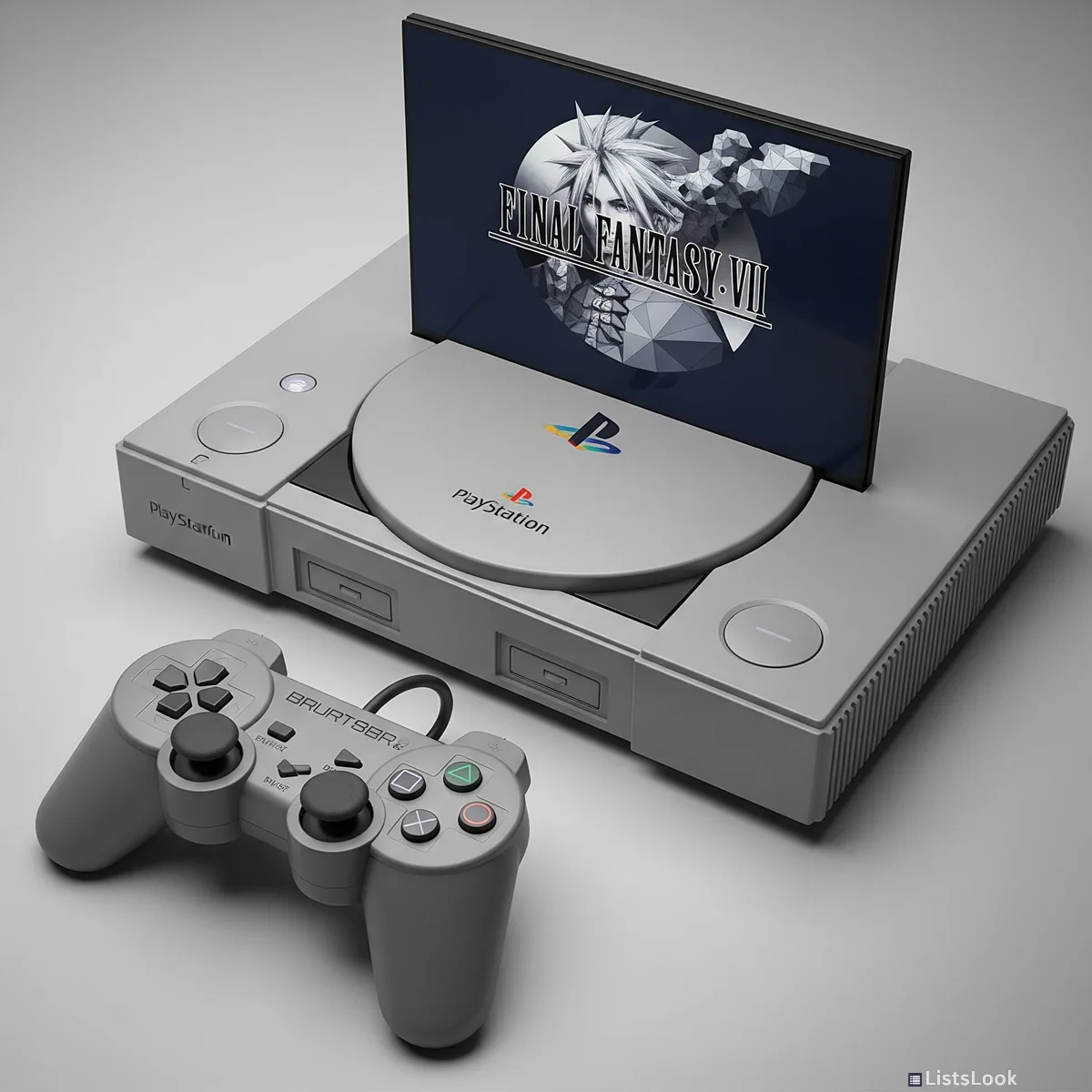
Sony entered the gaming arena in the mid-90s with the PlayStation, a console that revolutionized the industry with its 3D graphics capabilities and CD-ROM format. PlayStation brought forth immersive 3D worlds, cinematic storytelling, and a vast library of diverse games, attracting a broader audience and maturing the gaming experience.
Franchises like Final Fantasy VII and Metal Gear Solid showcased the power and potential of 3D gaming, marking a paradigm shift in console technology and entertainment.
5. PlayStation 2: Dominance in the DVD Era
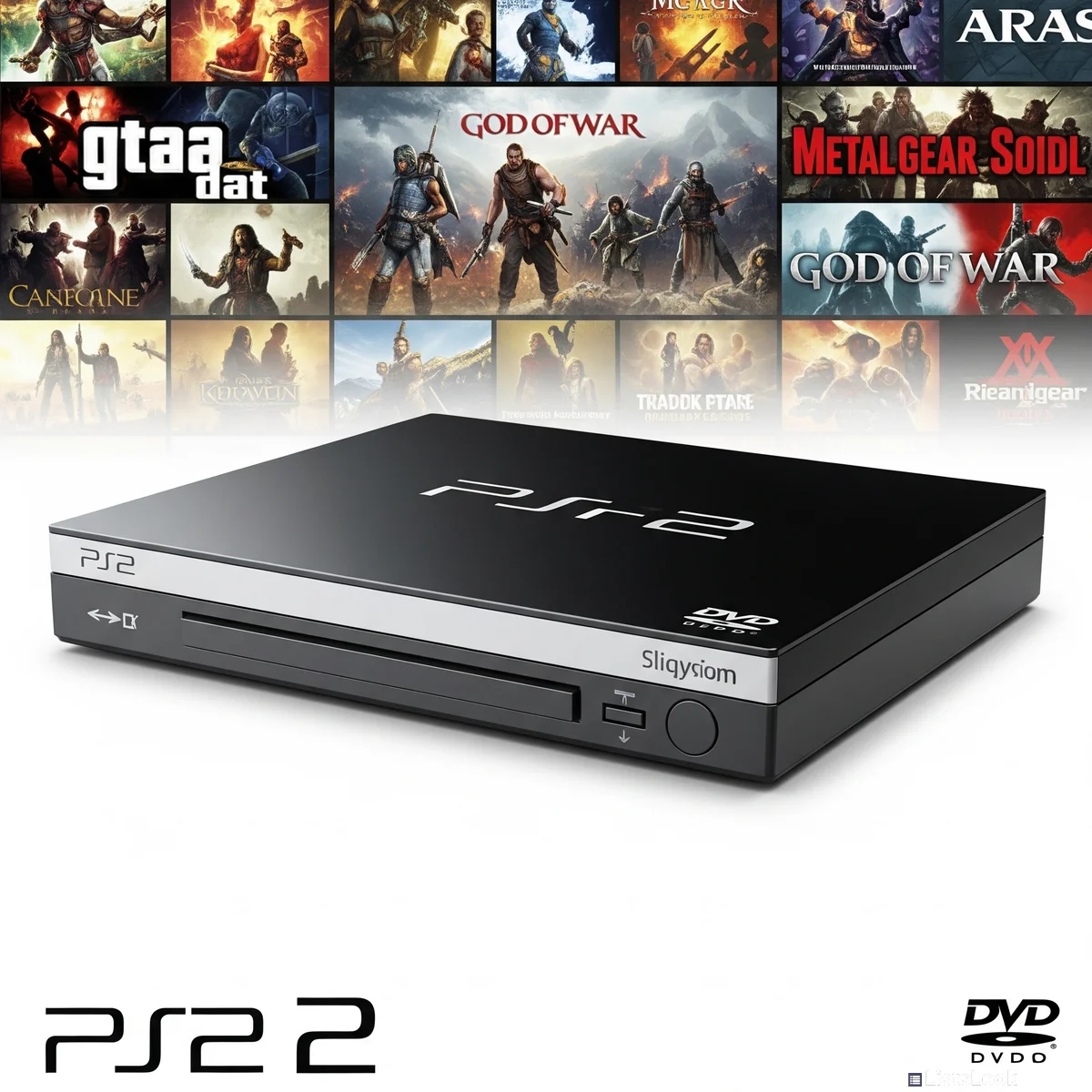
The PlayStation 2 (PS2) solidified Sony's reign, becoming the best-selling console of all time. It leveraged DVD technology for both games and movies, making it a versatile entertainment hub.
PS2 boasted an enormous game library spanning genres, graphical improvements, and online capabilities. Its massive success demonstrated the mainstream appeal of gaming and set a new benchmark for console sales and market influence. PS2 truly defined a generation of gaming.
6. Xbox 360 and the HD Gaming Frontier

Microsoft entered the console race with the Xbox, but it was the Xbox 360 that truly made waves. It ushered in the high-definition gaming era and heavily emphasized online multiplayer through Xbox Live.
Xbox 360 competed fiercely with the PS3, pushing technological boundaries and popularizing online gaming communities. It introduced innovative features and delivered stunning HD graphics, forever changing expectations for visual fidelity in console games and online interaction.
7. PlayStation 4: The Digital and Social Gaming Hub
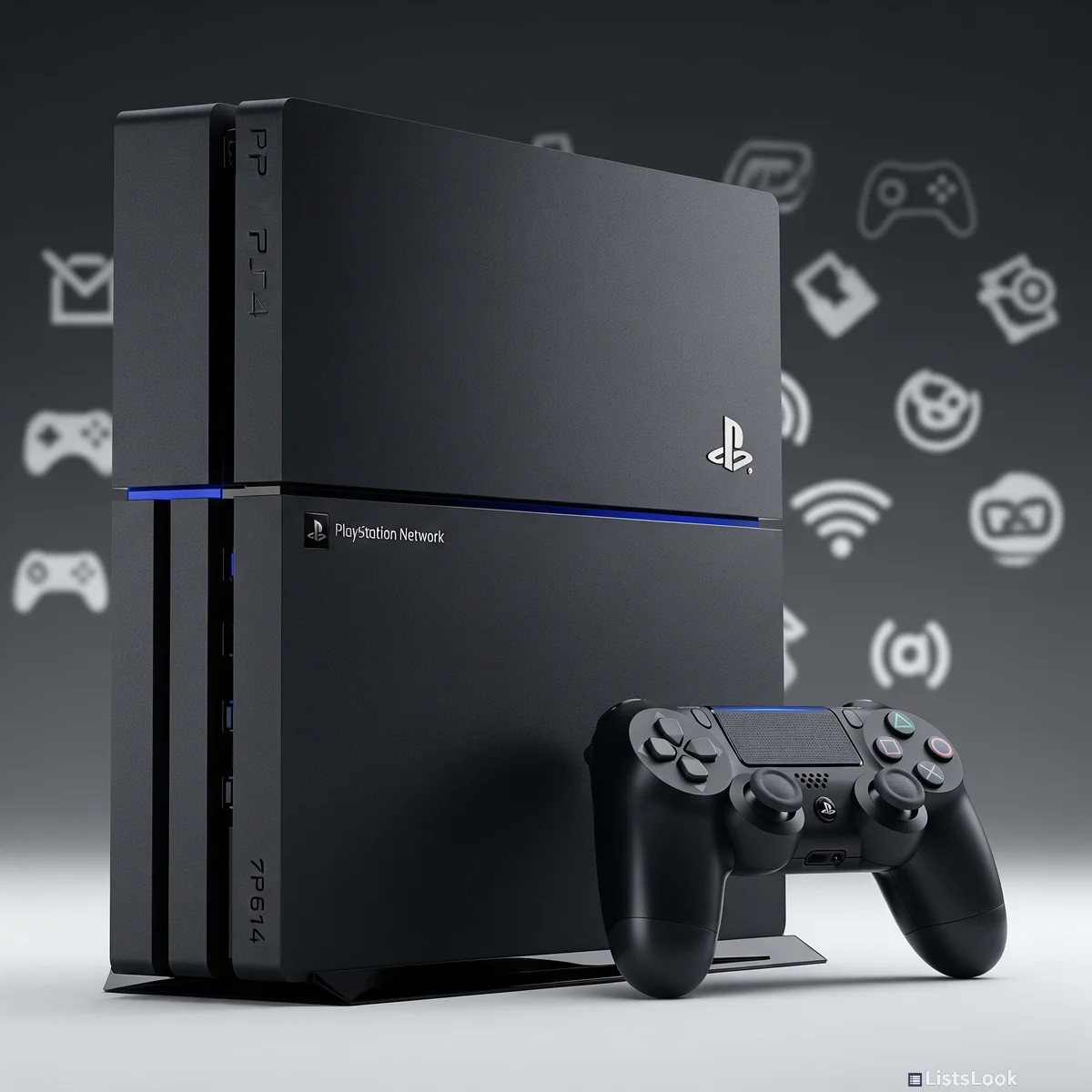
PlayStation 4 (PS4) continued Sony's success, embracing digital distribution and social gaming features. It focused on delivering powerful hardware and a user-friendly experience, making it the leading console of its generation.
PS4 saw the rise of digital game sales and streaming services, reflecting the evolving consumption habits of gamers. It further blurred the lines between gaming and social interaction, building massive online communities and solidifying console gaming in the digital age.
8. PlayStation 5: Ray Tracing and Immersive Worlds
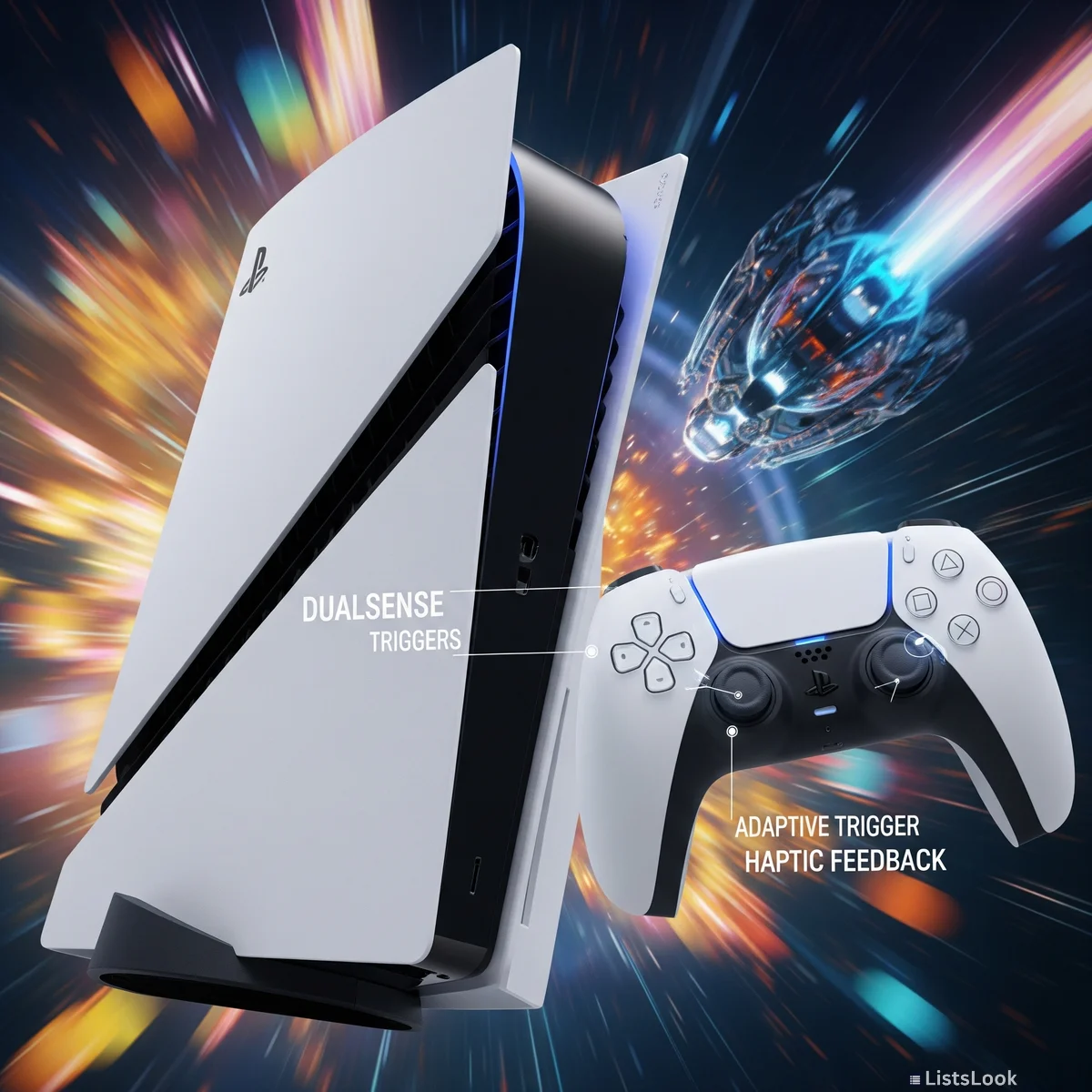
The PlayStation 5 (PS5), the latest iteration, pushes graphical fidelity to new heights with ray tracing and lightning-fast load times thanks to its SSD. It aims for unparalleled immersion with haptic feedback and adaptive triggers on the DualSense controller.
PS5 represents the cutting edge of console technology, focusing on stunning visuals, seamless gameplay, and innovative controller features. It marks the ongoing quest for ever more realistic and engaging gaming experiences.
9. Glimpsing the Future: PlayStation 6 and Beyond?

While details are scarce, speculation about PlayStation 6 is already buzzing. We can anticipate even greater graphical power, deeper VR/AR integration, and further advancements in cloud gaming and accessibility.
The evolution of gaming consoles is a continuous journey, driven by technological innovation and the ever-growing desire for more immersive and engaging experiences. The future of gaming promises exciting new frontiers, and we can't wait to see what consoles will bring next in this incredible story!
Comments
Loading comments...